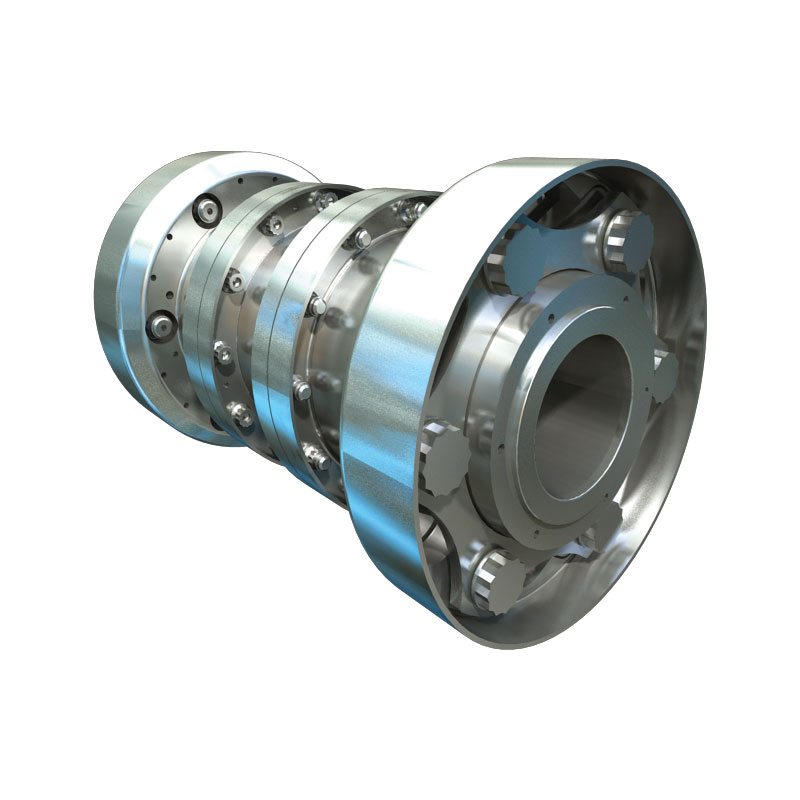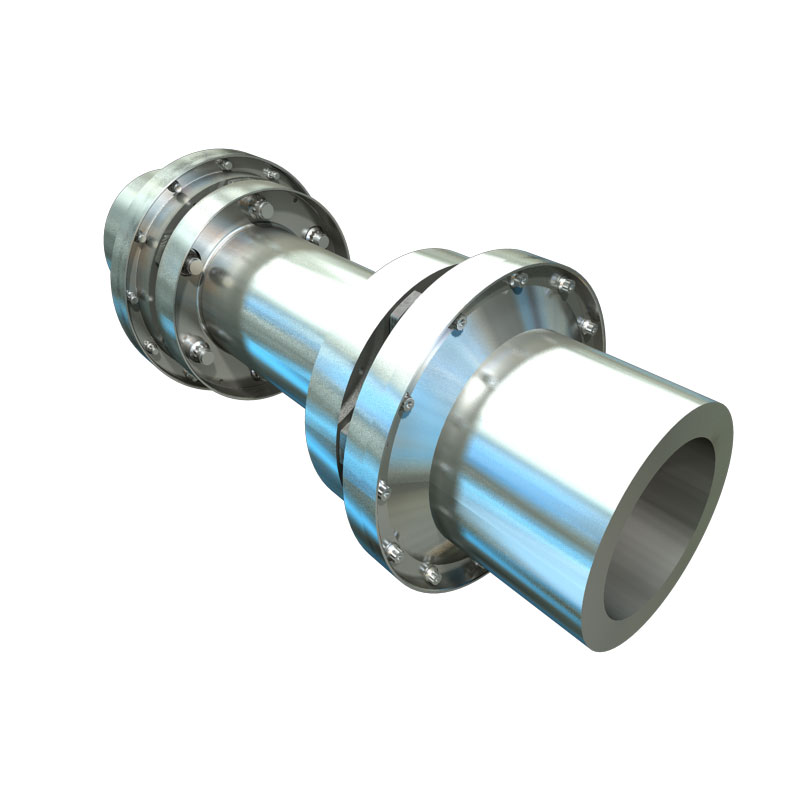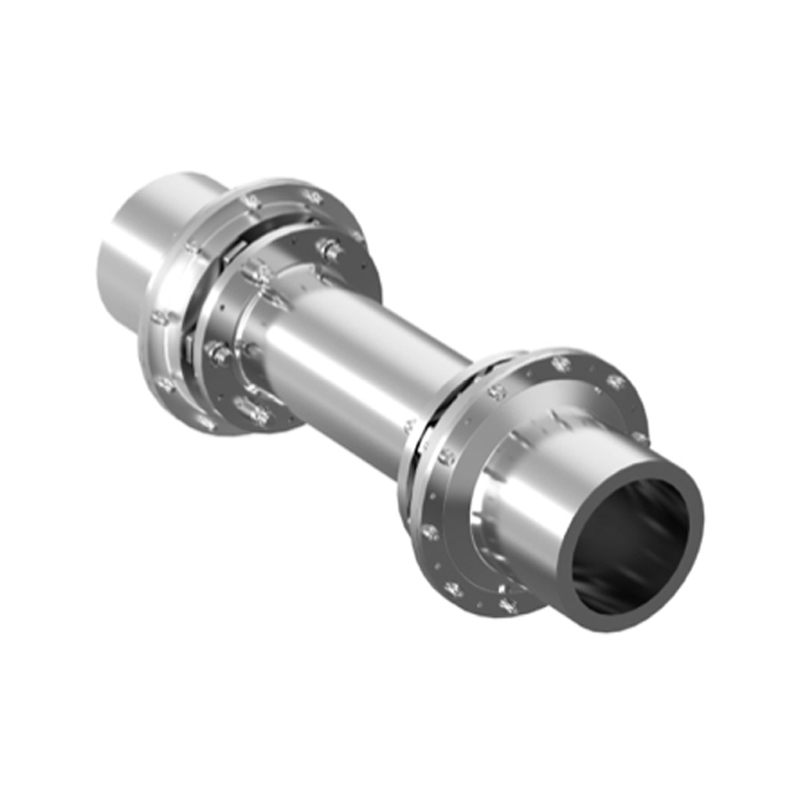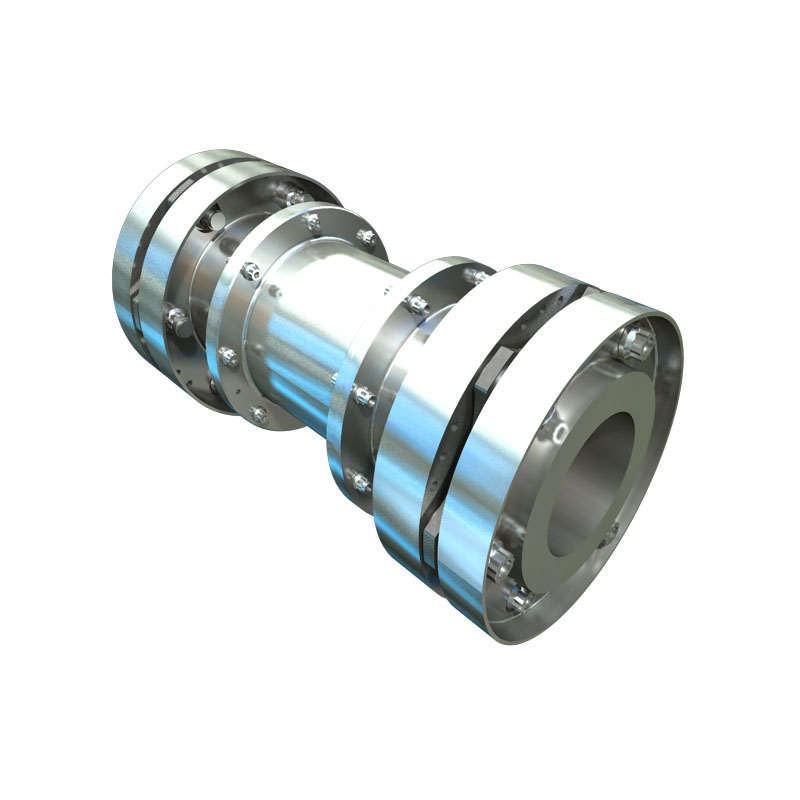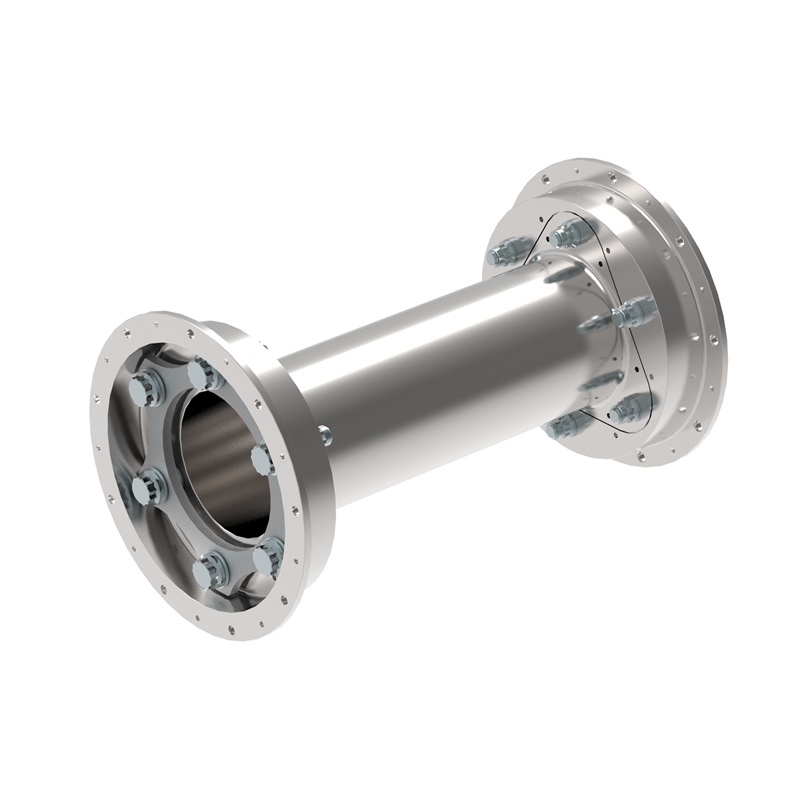John Crane Seal and Coupling
Power Transmission Couplings
Power transmission couplings are designed to transfer power from one shaft to another in rotating equipment. They can accommodate misalignment, reduce transmission of shock loads and provide a disconnection point for maintenance or alteration of the machinery.
Here are some of the primary purposes of power transmission couplings:
- Transmitting Power: Connect two shafts to transfer power from one to another efficiently.
- Accommodating Misalignment: Tolerate misalignments between shafts without causing stress or damage.
- Facilitate Maintenance: Serve as a disconnect point for easier disassembly and maintenance of machines.
- Safety and Overload Protection: Designed to act as a safety device, failing in a controlled manner under overload conditions to protect other machinery components.
- No Slip Power Transmission: Provide a direct link for accurate, slip-free power transfer.
- Reducing Wear and Tear: Significantly decrease wear and tear on bearings and other machinery components by compensating for misalignments with reduced loading.
- Reduced Maintenance and Downtime: In the case of non-lubricated couplings (disc, diaphragm, elastomeric or rigid), there is no need for regular maintenance checks and lubrication, as a result, increasing your plant’s uptime and profitability.
- Conserving the Environment: Disc and diaphragm couplings are designed for infinite life, therefore minimizing your carbon footprint and costs.

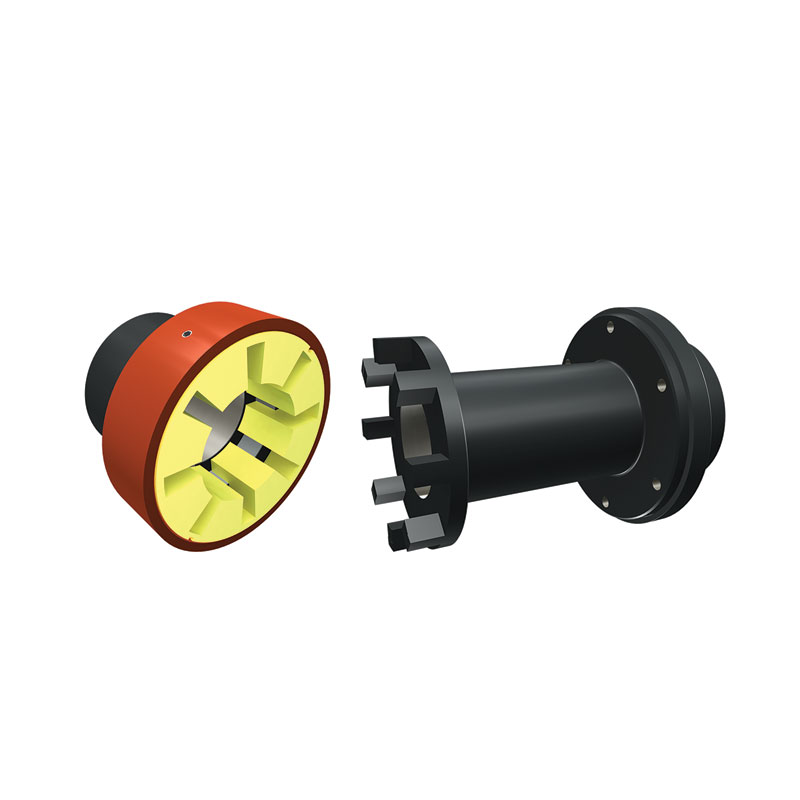
Diaphragm Coupling
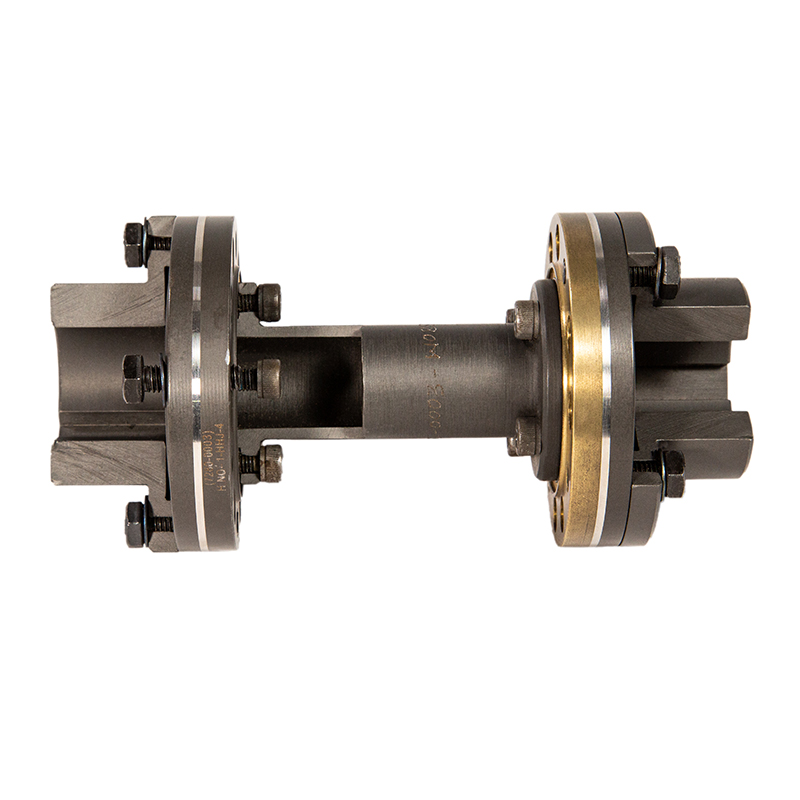
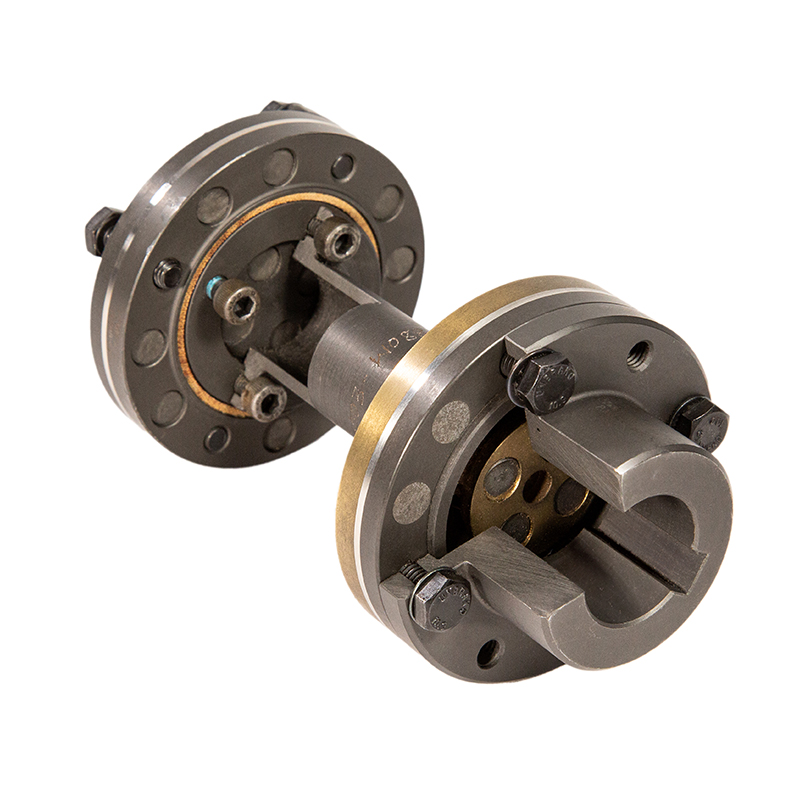
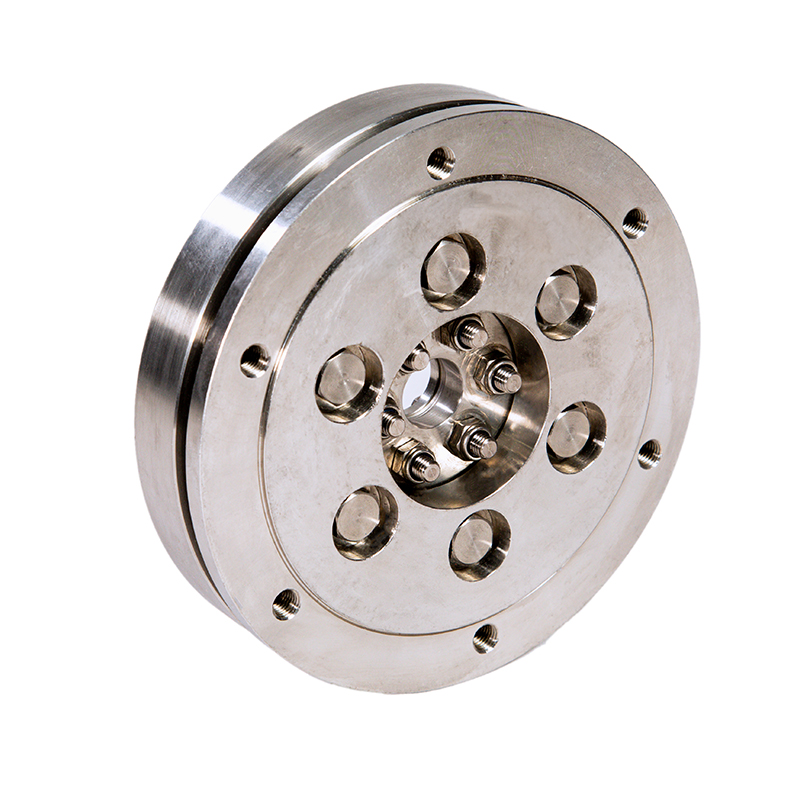
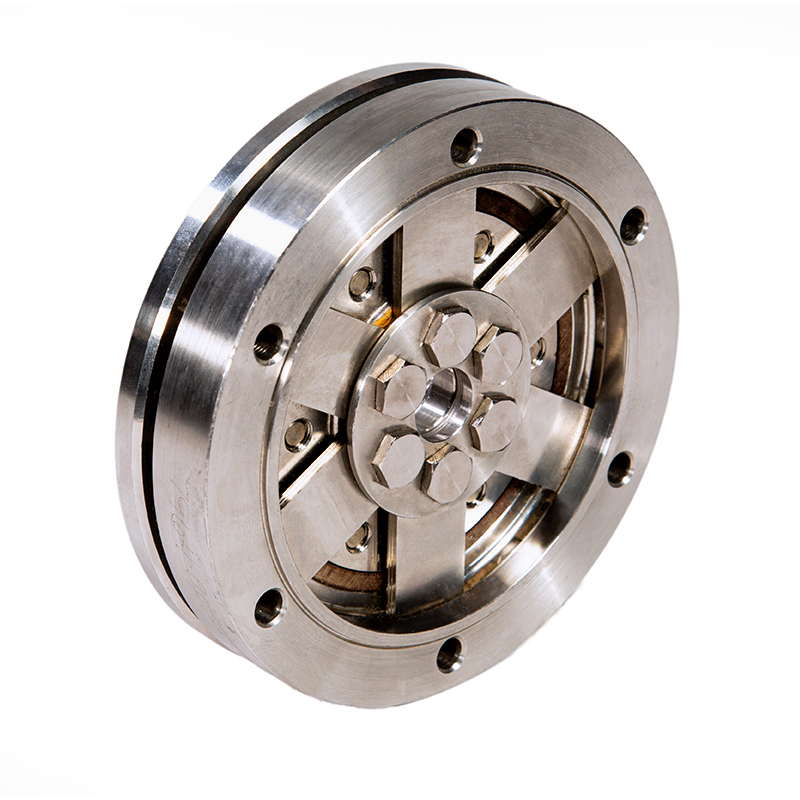
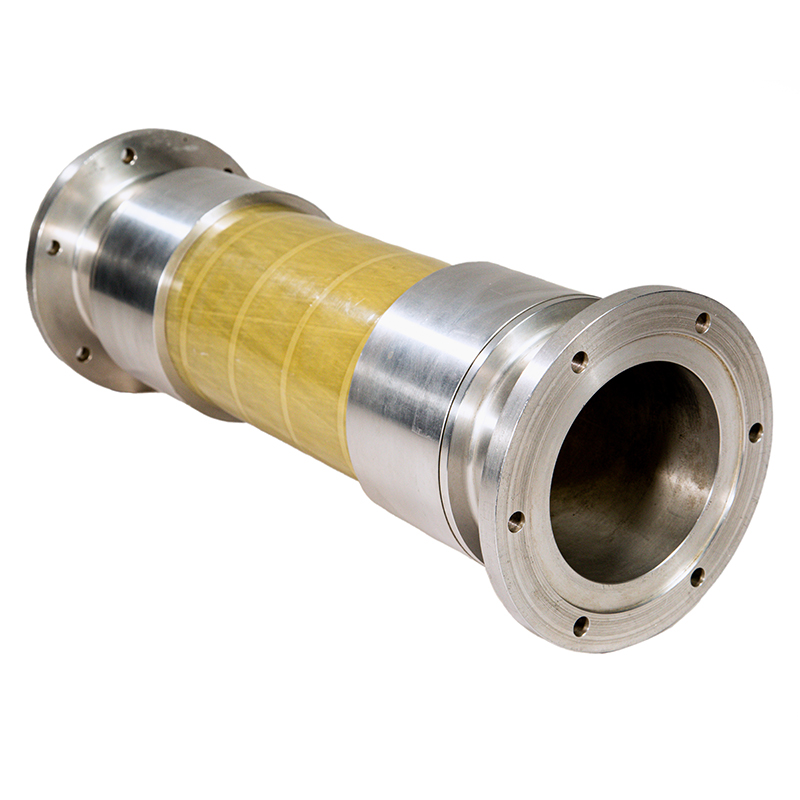
Disc Coupling
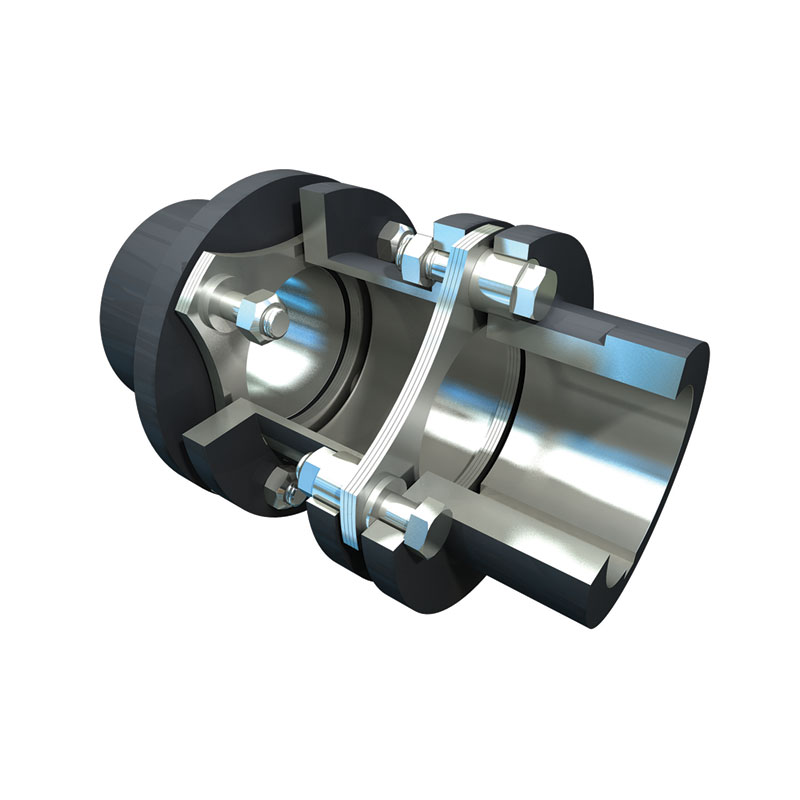

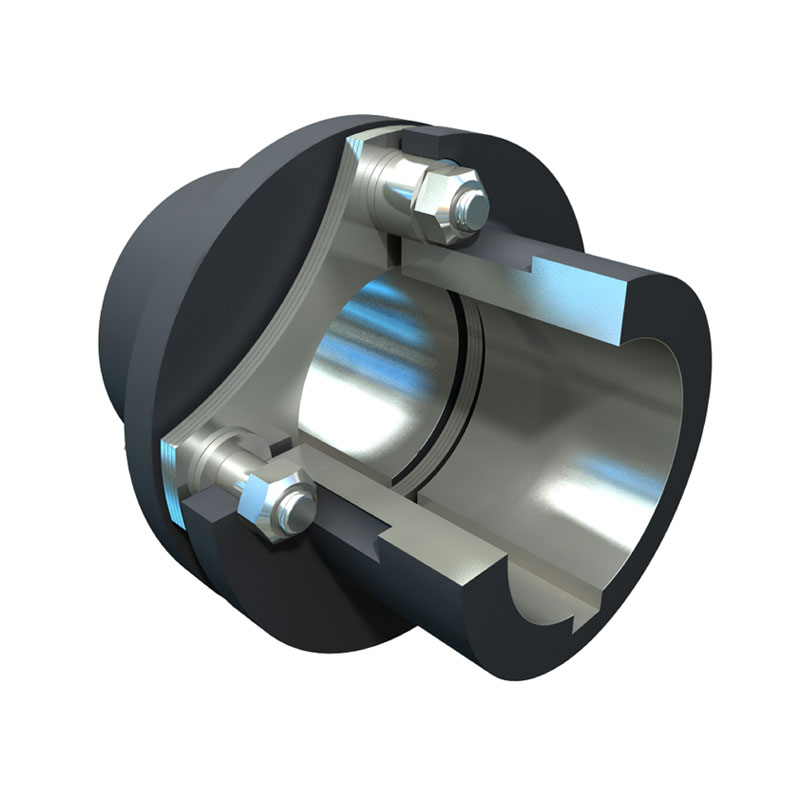
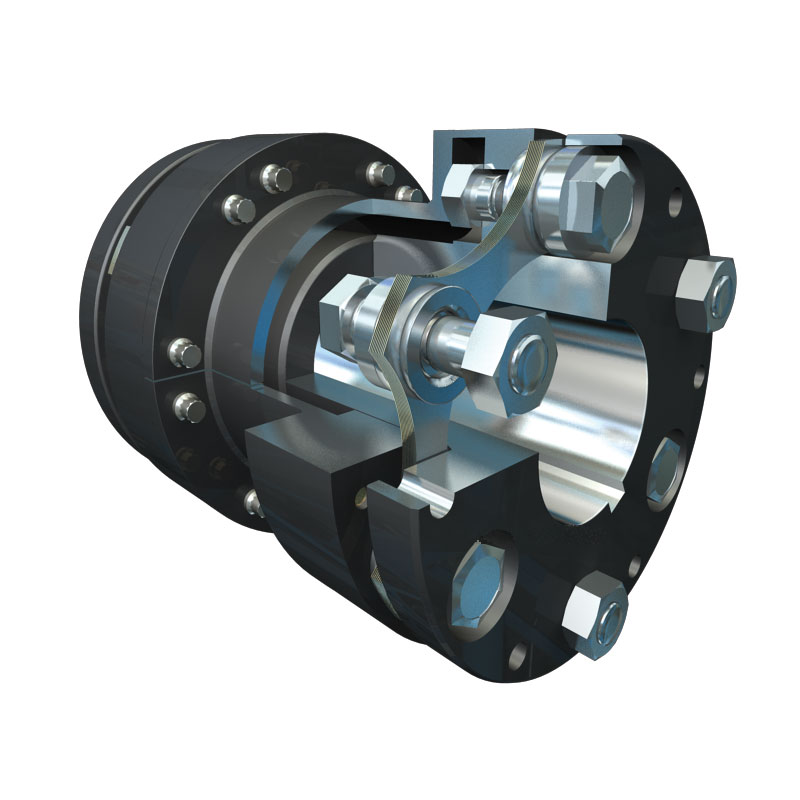
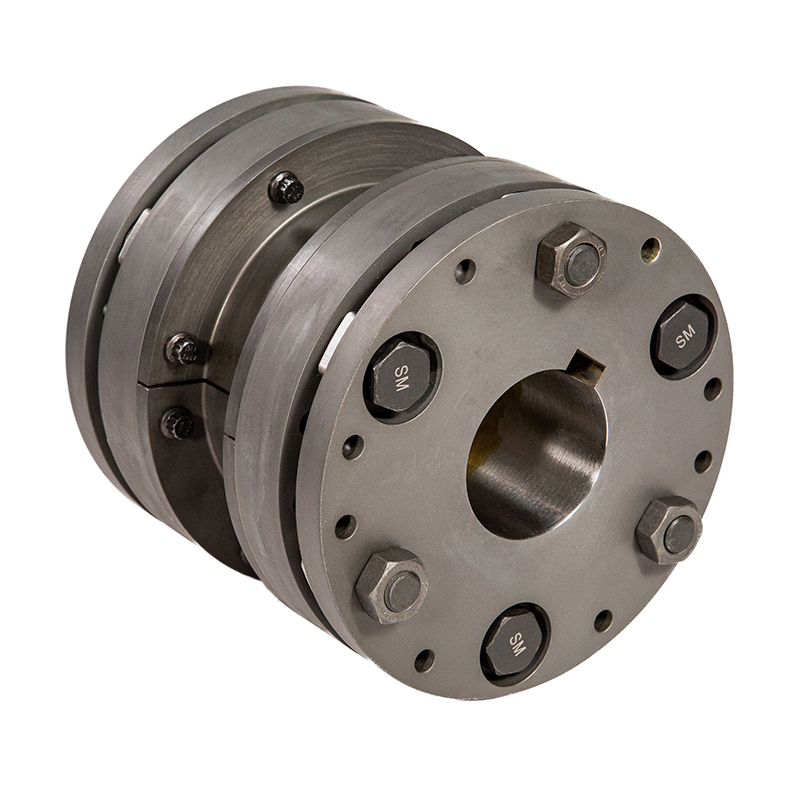
Turbomachinery Coupling
